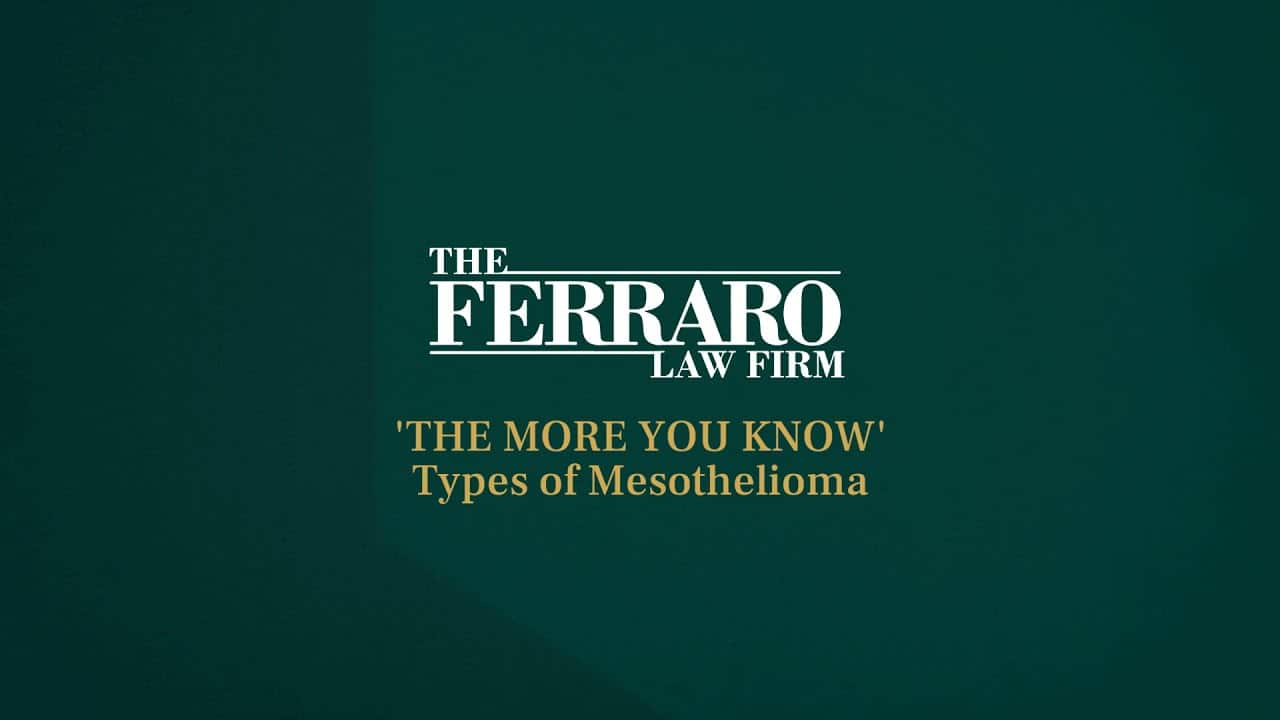If you were seriously injured, remember that it is crucial to choose the right law firm to represent your interests. We have been doing this for more than three decades, and have the resources you need to challenge any opponent.
2019 Recalls: Why Is There Asbestos in My Makeup?
Table of Contents
Asbestos in the United States
Asbestos is a fibrous mineral substance that can be woven into fabrics, textiles, and insulating materials. For decades, the average American could purchase safety clothing, yarn, brake linings, plastics, filters, and other asbestos-containing products from local stores, never realizing the danger. Fortunately, scientists eventually discovered that asbestos is a deadly carcinogen and a leading cause of asbestosis, mesothelioma, and lung cancer – three fatal diseases. Today, the United States is one of the few developed countries that has not completely banned asbestos for health and safety reasons. In fact, negligent corporate entities – and even our business-minded president – are fighting to bring asbestos back into the industrial landscape.
But why does asbestos keep showing up in cosmetic products?
The How & Why
So far, nine cosmetic products have been recalled by the FDA for possible asbestos contamination this year. The contamination stems from talc, a mineral that naturally develops near asbestos deposits. Talcum powder is added to makeup products because it creates a silky texture, dilutes pigment, and acts as a filler. It’s a common ingredient in finishing powders, powder compacts, blushes, eye shadows, and foundations.
The FDA has recalled the following products for asbestos contamination:
- JoJo Siwa Makeup Set (Claire’s)
- Claire’s Compact Powder
- Claire’s Eye Shadows
- Claire’s Shadow and Highlight Finishing Kit
- Claire’s Contour Palette
- City Color Collection Matte Blush (Beauty Plus Global)
- City Color Bronzer (Beauty Plus Global)
- City Color Shimmer Bronzer (Beauty Plus Global)
- City Color Cosmetics Timeless Beauty Palette (Beauty Plus Global)
Talc is generally safe to use in cosmetic products and baby powders so long as it hasn’t been contaminated by asbestos. The problem is that it’s difficult to test and purify every mineral deposit for contamination. You can’t even avoid talc by purchasing “all-natural” or “organic” cosmetics because the mineral is an all-natural substance.
Unfortunately, federal regulatory agencies, including the FDA, have limited authority when it comes to cosmetic products. The FDA is required to review color additives in cosmetics per the Federal Food, Drug and Cosmetic Act of 1983, but this policy does not include testing for asbestos contamination. This means that companies can mine and utilize talc as a cosmetics ingredient without testing it for adulteration. Although the Personal Care Products Council asks its members to use asbestos-free talc, there are no U.S. laws or regulations to enforce this policy or prohibit the use of talc in consumer products.
As Margie Kelly, a spokesperson for Campaign for Safe Cosmetics, explains, “The FDA doesn’t have the authority to do much of anything to protect consumers because it is working with a 75-year-old law that has never been substantially updated, so consumers end up with unsafe cosmetics staying on store shelves even after harm has been proven.”
Luckily, you can purchase talc-free makeup and cosmetics from the following brands:
- Shea Moisture
- Smashbox
- Pacifica
- Honest Beauty
- Everyday Minerals
- Juice Beauty
- Affordable Mineral Makeup
- Ecco Bella
Have You Suffered Harm After Using an Asbestos-Contaminated Product?
Several companies, including Johnson & Johnson and Claire’s, are facing numerous lawsuits that link their products to asbestos and asbestos-related diseases. Contact the mesothelioma and asbestos attorneys at The Ferraro Law Firm if you or a loved one has been harmed by a contaminated cosmetics product. Our skilled legal team can review your medical records, investigate the product, and work with specialists to identify the negligent parties.
Frequently Asked Questions: Mesothelioma & Asbestos
How do you prove asbestos exposure?
How long does asbestosis take to develop?
If you have questions about your rights, you should not hesitate to discuss your case with our legal team.






